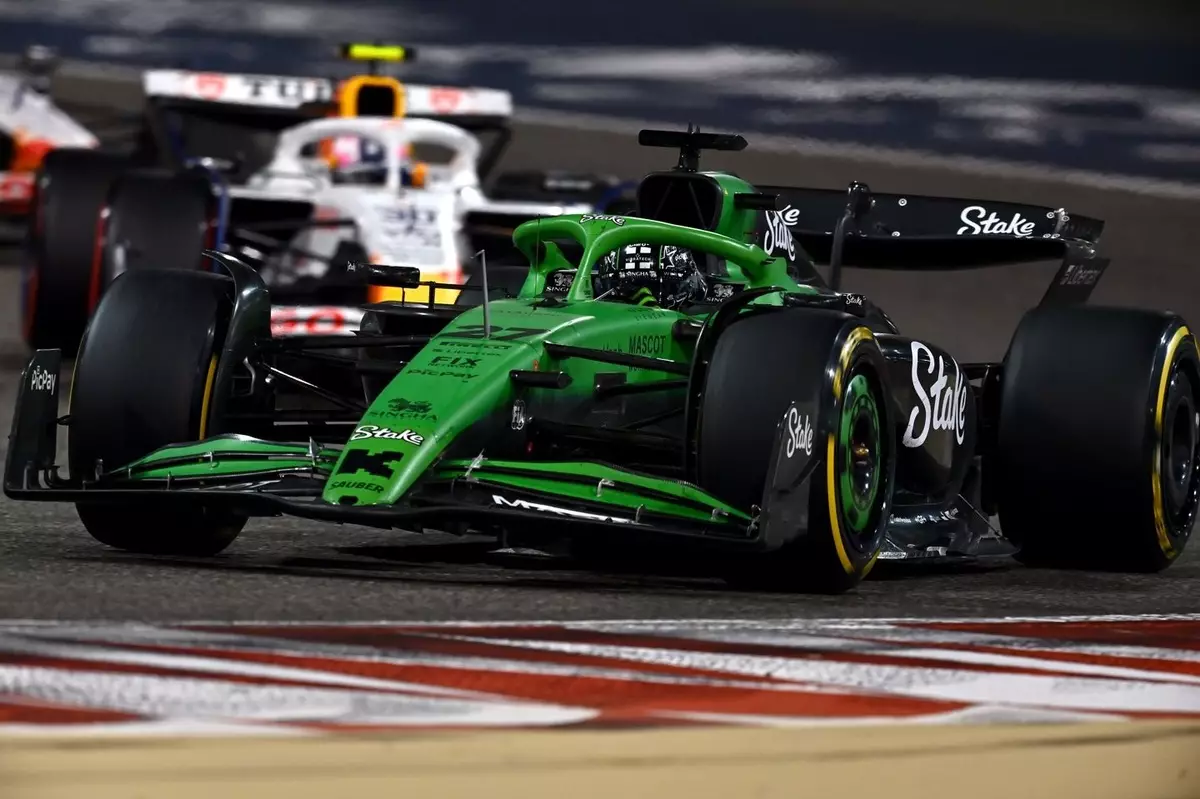The Sauber Formula 1 team recently found itself embroiled in controversy following the disqualification of driver Nico Hulkenberg from the Bahrain Grand Prix. This incident, where Hulkenberg finished in 13th place, underscores a broader struggle within the racing team to maintain competitive integrity while adhering to stringent regulations. The disqualification stemmed from technical infractions related to the car’s skid plank, which had been worn down to 8.4mm—below the mandated minimum of 9mm. This situation is not merely a procedural failure, but a manifestation of the recurring challenges that teams face in the ever-evolving world of Formula 1.
The reality that Hulkenberg’s disqualification marks the second occurrence of such a ruling this season raises questions about the mechanisms in place to ensure compliance with technical regulations. With Lewis Hamilton’s Ferrari also sidelined due to similar issues in China, this repeated trend suggests that teams must carefully navigate the fine line between performance and regulatory adherence. Veteran team member Beat Zehnder’s admission that Sauber is baffled by Hulkenberg’s lower measurement indicates a deeper issue within the team’s setup and race strategy.
Balancing Performance and Compliance
As fans and analysts look closely at this disqualification, it’s critical to consider the implications of driving under varying circuit conditions, such as the bumpy tracks found in Bahrain. Zehnder’s comments acknowledge that the physicality of certain tracks inevitably leads to car wear, particularly concerning components essential for safety and compliance—like the skid plank. However, framing this incident as a mere byproduct of circuit conditions seems like an attempt to sidestep accountability. When a team prepares for a Grand Prix, it is expected to consider all potential challenges, and the mishap indicates a potential lapse in preparation.
The reality is that teams like Sauber operate under immense pressure not only to perform but to do so without incurring penalties that could negate their efforts. This incident begs the question: did Sauber underestimate the intricacies of their setup compared to the established teams? While some might argue that the chaotic nature of Formula 1 makes it impossible to predict every variable, Zehnder’s acknowledgment of needing more rigorous measurements suggests a need for more meticulous strategy development.
The Quest for Competitive Edge
Sauber has historically faced challenges in achieving the pace necessary to secure points in races, with their solitary points finish this season occurring during the unpredictable rain-affected race in Australia. The limitations they face point to a larger issue regarding their competitive position within the sport. Zehnder’s candid remarks about needing to find “two or three tenths” of performance to improve qualifying positions highlights the stark reality Sauber faces.
In Formula 1, qualifying isn’t merely a precursor to the race; it’s a crucial determinant of a team’s potential for success. With dirty air inflicting a substantive performance penalty on cars that start lower on the grid, Sauber’s prospects for meaningful races diminish significantly with every poor qualifying session. As teams strategize to hit the right performance thresholds, Sauber’s struggle becomes evident; they must not only find that elusive additional speed but also refine their approach to race preparations.
Moving Forward: The Path to Improvement
The task that lies ahead for Sauber is both daunting and deflating. The team’s apparent dependency on a singular, unpredictable set of conditions to earn points is not sustainable. As they dissect what went wrong in Bahrain, the need for holistic improvement is clear. While Zehnder expressed the hope that their overreliance on a few key performance indicators could be addressed, the truth is that Formula 1 demands adaptability and resilience.
The road to recovery involves not just optimizing the car’s design relative to setup differences, as seen between Hulkenberg and his teammate Gabriel Bortoleto, but also embedding a culture of accountability for mistakes like those leading to disqualifications. As Sauber navigates these tumultuous waters, the sentiment all too common in the sport rings true: excellence comes from constant evolution. Rather than resting on past laurels, the commitment by Sauber to grasp every nuance of racing dynamics will be pivotal in determining its future relevance in Formula 1.


Leave a Reply